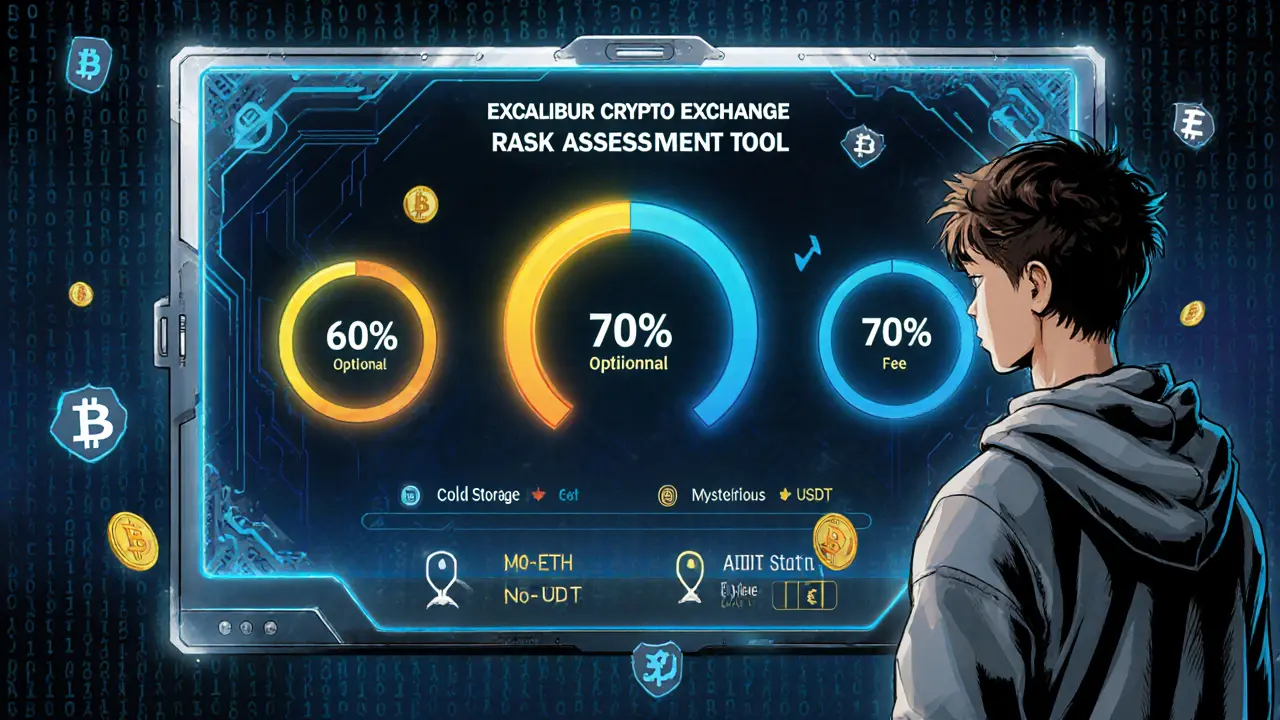Crypto Regulation Explained
When navigating crypto regulation, the set of rules that governments and regulators apply to digital assets and blockchain activities, you quickly run into anti‑money‑laundering (AML) compliance, requirements that businesses must follow to detect and report illicit transactions, sanctions‑evasion monitoring, efforts to stop countries or entities from bypassing international restrictions using crypto, and UAE free‑zone licensing, a fast‑track legal framework for crypto firms operating in Dubai and Abu Dhabi. Crypto regulation isn’t a single law; it’s a network of policies that shape how tokens are issued, how exchanges operate, and how users move value. For example, AML compliance requires identity verification and transaction monitoring, while sanctions‑evasion monitoring influences which wallets can be listed on an exchange. In the UAE, free‑zone licensing enables companies to launch under a clear legal umbrella, making it easier to meet global standards.
Key Pillars Shaping the Landscape
The first pillar is blockchain AML technology, tools that use AI and analytics to trace the flow of funds on public ledgers. These tools let regulators spot suspicious patterns faster than manual checks. The second pillar is exchange supervision, the oversight of platforms that match buyers and sellers, often requiring licensing, capital reserves, and consumer protection rules. When an exchange fails to meet supervision standards, regulators may shut it down, as seen with several unregulated platforms in recent years. The third pillar involves environmental regulation of proof‑of‑work blockchains, policy measures aimed at reducing the carbon footprint of energy‑intensive mining operations. Countries are now adding energy‑efficiency criteria to their crypto tax codes, nudging developers toward proof‑of‑stake alternatives.
All these pieces intersect in real‑world use cases. An Iranian crypto trade trying to dodge sanctions must contend with both sanctions‑evasion monitoring and AML rules, while a startup in Dubai will look to UAE free‑zone licensing to align with exchange supervision and blockchain AML tech. Below you’ll find a curated collection of articles that dig into each of these topics – from airdrop guides that explain how regulators treat token giveaways, to deep dives on how Iran’s crypto strategy navigates sanctions, and step‑by‑step manuals for setting up a compliant crypto business in the UAE. Whether you’re a trader, developer, or regulator, the posts that follow give you actionable insight into the ever‑evolving world of crypto regulation.





